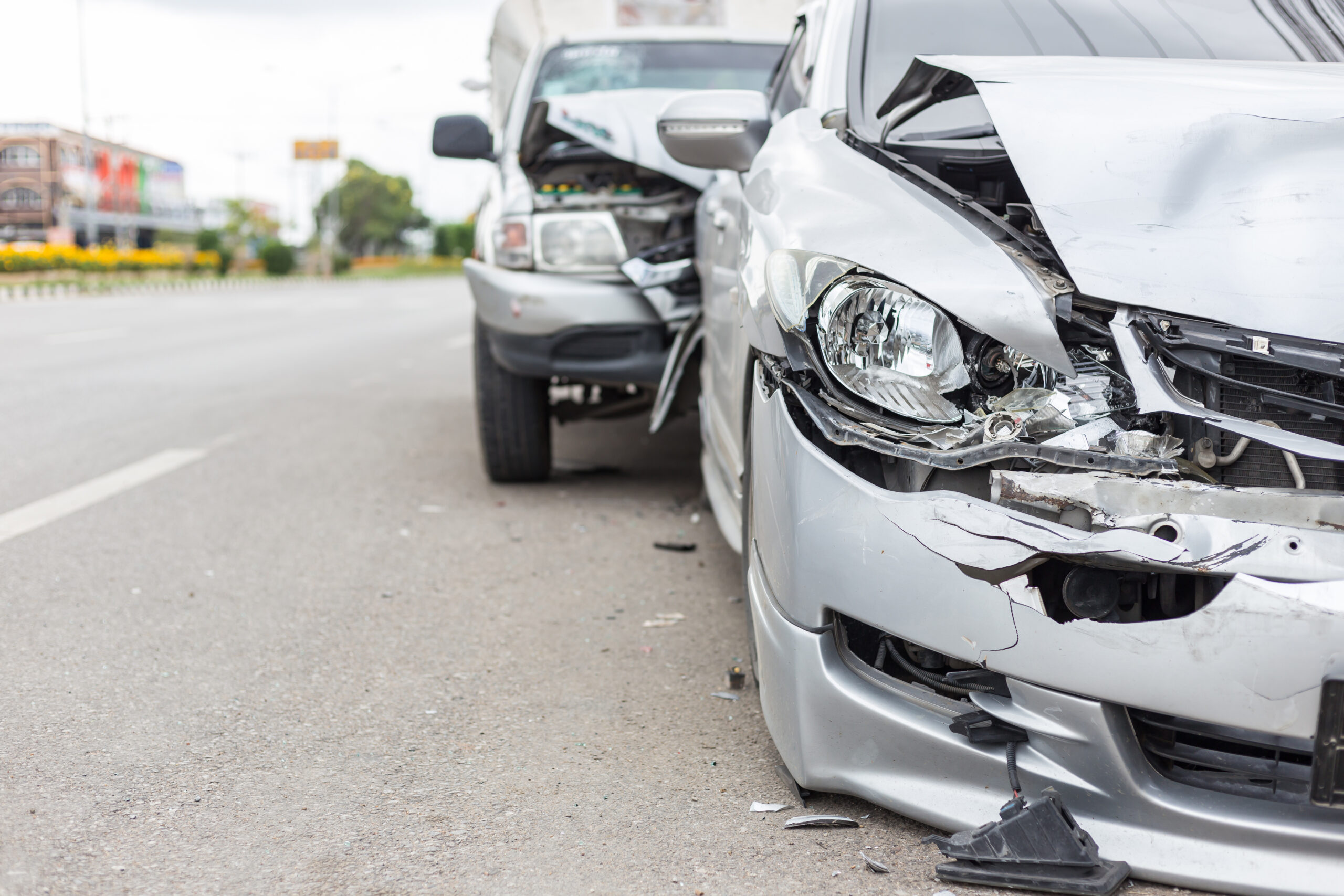Keeping children safe while traveling in vehicles is a top priority for parents and caregivers. In Virginia, the state has implemented strict car seat laws to ensure the well-being of children on the road. Understanding these laws and their requirements is crucial for every parent and guardian. In this article, we will delve into the specifics of Virginia’s car seat laws, covering the age, weight, and height requirements, as well as important guidelines to follow. Let’s explore how you can ensure your child’s safety and compliance with these regulations.
Age, Weight, and Height Requirements
Virginia’s car seat laws define specific criteria based on the age, weight, and height of children. It is important to note that these laws are in place to provide maximum protection for children while traveling.
Rear-Facing Car Seats:
- Infants must be secured in a rear-facing car seat until they reach the age of two or until they exceed the manufacturer’s height and weight limits for the car seat.
- It is recommended to keep children rear-facing as long as possible, as it offers better protection for their head, neck, and spine.
Forward-Facing Car Seats:
- Once a child outgrows the rear-facing car seat, they should transition to a forward-facing car seat with a harness.
- Children should remain in this type of car seat until they reach the maximum height and weight limits set by the car seat manufacturer.
Booster Seats:
- After outgrowing a forward-facing car seat, children should be placed in a booster seat until they are at least eight years old.
- The child should continue to use a booster seat until they reach a height of at least 4 feet 9 inches and are able to properly wear a seatbelt.
Seat Belts:
- Children who have reached the age of eight or the height requirement for seat belts can transition to using the vehicle’s seat belts.
- It is important to ensure that the seat belt fits properly across the child’s lap and shoulder.
General Guidelines and Best Practices
While following the age, weight, and height requirements is essential, there are additional guidelines and best practices that parents and caregivers should be aware of:
Registration and Expiration Dates:
Registering your car seat with the manufacturer is crucial, as it ensures that you receive any important safety updates or recall notifications.
Keep in mind that car seats have an expiration date, typically between 6 to 10 years. Check the label on your car seat to determine its expiration date.
Proper Installation:
- Correct installation is vital to ensure the effectiveness of car seats. Refer to the car seat manufacturer’s instructions and the vehicle’s owner manual for proper installation techniques.
- Many local fire departments and police stations offer car seat installation checks to help ensure proper installation.
Location of Car Seats:
- Car seats should always be placed in the back seat of the vehicle, away from airbags, which can cause serious injury to children in the event of a crash.
Replacement after an Accident:
- If your vehicle is involved in a moderate to severe accident, it is recommended to replace the car seat, even if there is no visible damage.
- The force generated during a collision can compromise the car seat’s structural integrity, making it less effective in protecting your child.
Avoid Used Car Seats:
- It is generally recommended to avoid using second-hand car seats unless you can be certain of their history and condition.
- Used car seats may have been involved in accidents or could have expired, compromising their safety features.
Securing Your Child Properly:
- When securing your child in the car seat, make sure the harness straps are snug and properly positioned.
- The harness should be at or below the child’s shoulders for rear-facing seats and at or above the shoulders for forward-facing seats.
No Bulky Clothing or Accessories:
- Avoid dressing your child in bulky clothing or placing blankets or accessories under the harness straps.
- Bulky items can compress during a crash, creating extra space between the child and the harness, reducing the effectiveness of the car seat.
Avoid Aftermarket Accessories:
- It is advised to avoid using aftermarket accessories that are not specifically approved by the car seat manufacturer.
- Unapproved accessories can interfere with the car seat’s performance and may not provide adequate protection in the event of a collision.
Stay Informed and Updated:
- Keep yourself informed about the latest car seat safety recommendations and updates.
- Stay updated on any recalls or safety alerts related to your car seat by regularly checking the manufacturer’s website or subscribing to recall notifications.
Virginia’s car seat laws for children are designed to prioritize their safety while traveling in vehicles. Adhering to these laws and guidelines is crucial for parents and caregivers. Remember, the requirements include rear-facing car seats for infants, transitioning to forward-facing seats, then booster seats, and eventually seat belts. Following the manufacturer’s instructions, registering your car seat, ensuring proper installation, and replacing seats after accidents are all essential steps to ensure maximum protection for your child.
As responsible parents and caregivers, let’s prioritize our children’s safety by complying with Virginia’s car seat laws. By doing so, we can provide them with the protection they need during every journey.
At NovaLegalGroup, P.C., we understand the importance of adhering to Virginia’s car seat laws to ensure your child’s safety. Our experienced attorneys can provide you with valuable legal guidance and assistance. Contact us today to learn more about your rights and responsibilities under Virginia’s car seat laws and to schedule a consultation. Together, let’s keep our children safe on the road.
